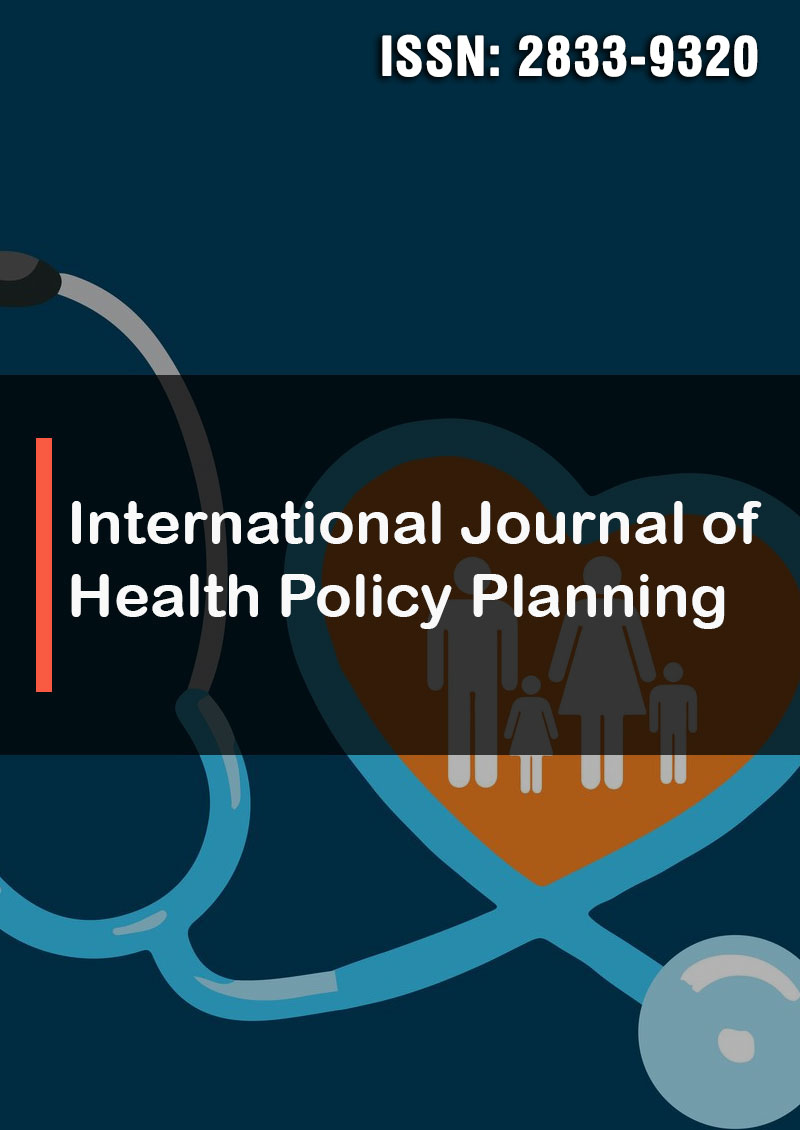Issues Related to IUCD Discontinuation Rates among IUCD Users in Kembata Temba-ro Zone, Southern Ethiopia
Abstract
Tessema Yoseph, Aiggan Tamene, Aklilu Abera, Tsegaye Damissie, Terefe Lafore and Dejene Ermias
Background: Intrauterine contraceptive devices (IUCDs) are made of T-shaped plastic and are inserted into women’s uteruses to prevent unwanted pregnancies. Despite the improvement in the availability and utilization of intrauterine contraceptive devices, discontinuation is becoming a public health concern. A significant proportion of women discontinue the method before its due date, which poses a concern in the health system, and its consequences may lead to the failure of a programme. As a result, the purpose of this study was to investigate the issues related to IUCD discontinuation rates among IUCD users IN twelve months ago in Kembata Tembaro Zone, Southern Ethiopia, in 2022.
Methods: A community-based, cross-sectional study was conducted. 415 women who had inserted an IUD from July 2021 to June 2022 in the Kembata Tembaro Zone were selected using a multistage sampling technique included in the analysis. This study's data collection instruments were pre-tested structured questionnaires. The coded data was entered into Epi Data version 4.6 and exported to SPSS version 25 for analysis. Finally, binary logistic regression analysis was carried out to identify independently associated factors and odds ratios at a 95% confidence interval with a significance level of p-value less than 0.05.
Results: Analysis revealed that 21% (95% CI 16.5-22.8) of women discontinued the use of their intrauterine contraceptive device in the last year. Issues like not being counselled about the intrauterine contraceptive device before insertion [AOR = 3.7; 95% CI: 1.23–7.30], not being appointed for follow-up [AOR = 2.8; 95% CI: 1.12–6.70], being married [AOR = 2.9; 95% CI: 1.35–6.23], and needing to have more children [AOR = 3.2; 95% CI: 1.5–7.0].
Conclusions: The findings of this study conclude that the overall magnitude of the IUCD discontinuation rates in the study area were found to be high when compared with different studies conducted in Ethiopia. Many of the factors that are attributed to the high magnitude of IUCD discontinuation are changeable. Appropriate counseling prior to insertion, including an appointment for follow-up visits, the preference to have more children, and marital status for the choice of service, will improve the continuation rate of IUCD.




